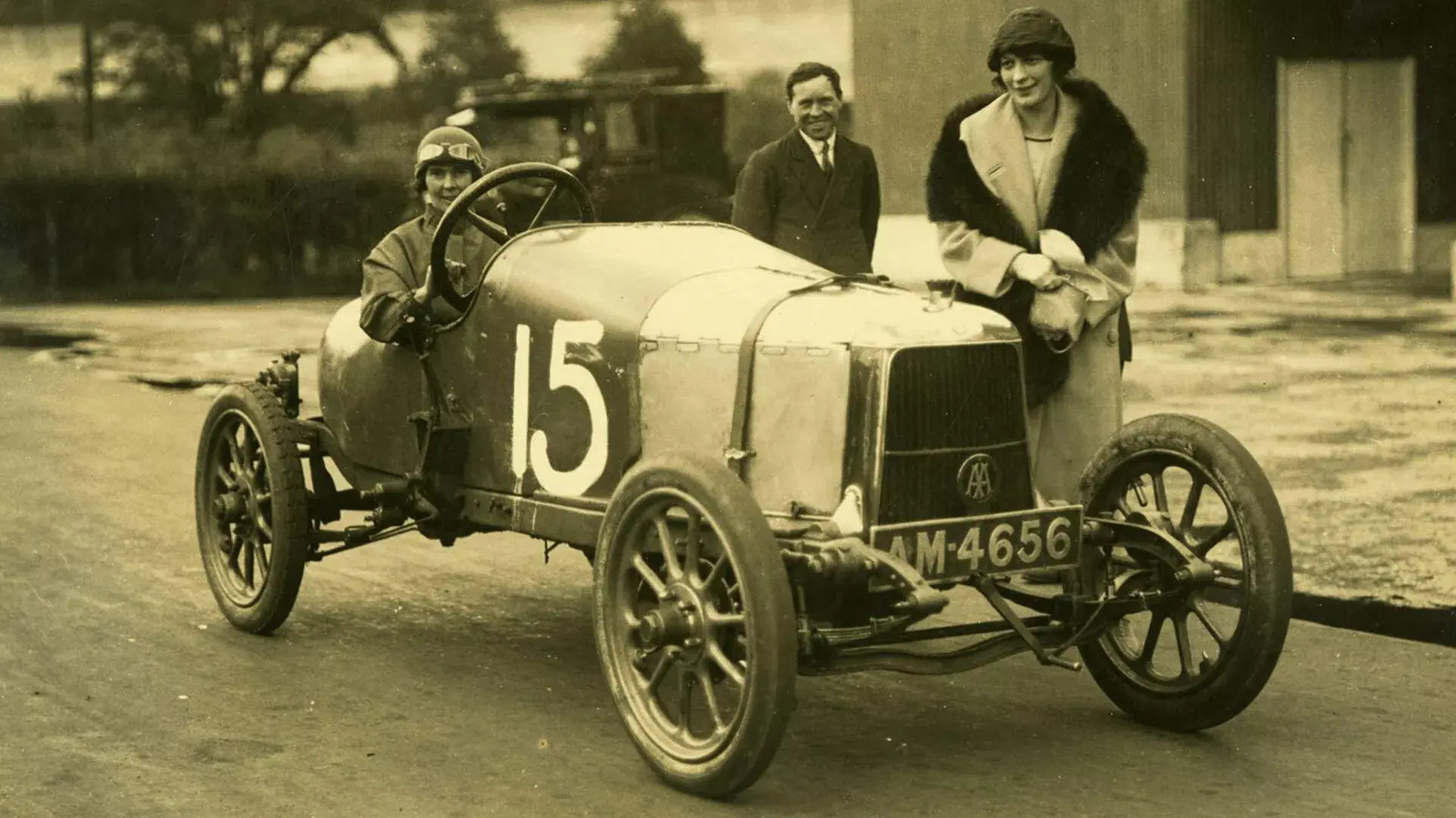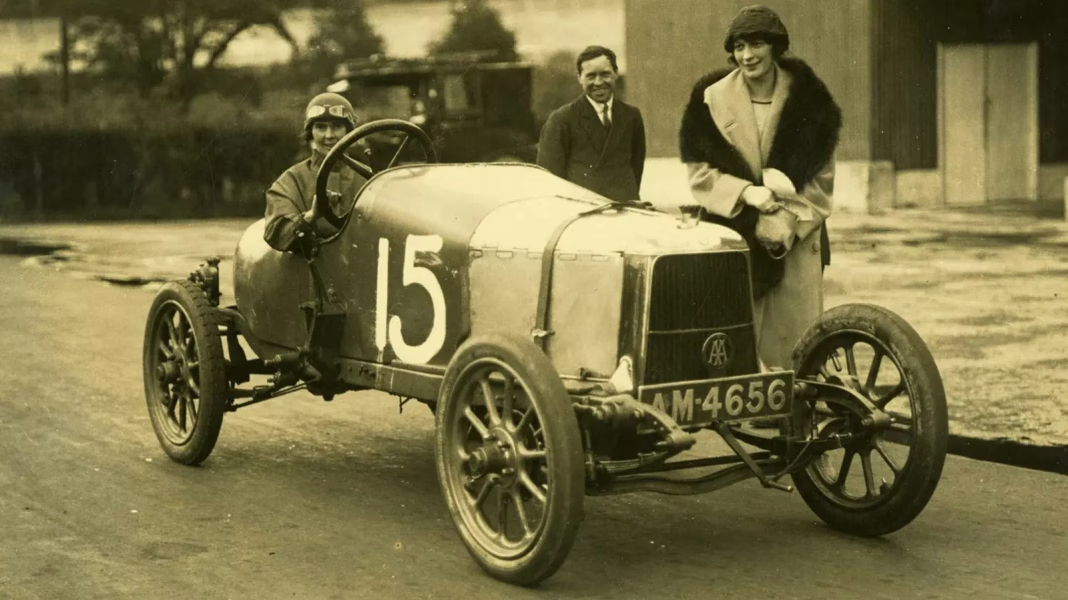What Was Aston Martin’s First Car, and Why Is It So Elusive?
Aston Martin’s first car, affectionately nicknamed the Coal Scuttle, couldn’t be further from the polished, high-octane machines we see today. Built in 1915 by founders Lionel Martin and Robert Bamford, this humble vehicle marked the start of a brand that would later become synonymous with British luxury and James Bond cool. But here’s the kicker: the Coal Scuttle has vanished without a trace, and its whereabouts remain one of the most tantalizing mysteries in automotive history.
How Did the Coal Scuttle Come to Be?
Back in the early 1900s, Lionel Martin and Robert Bamford were more interested in racing than in building road cars. They wanted something nimble for the famous Aston Hill Climb—a grueling test of both car and driver. So, they took a 1908 Isotta Fraschini chassis, fitted it with a Coventry-Simplex engine, and added their own tweaks. The result? A quirky, lightweight racer that looked nothing like the sleek Astons of today.
The Coal Scuttle wasn’t about luxury. It was about grit, ingenuity, and a dash of British eccentricity. With its exposed wheels, spindly frame, and simple bodywork, it was more “mad inventor’s project” than grand tourer. Yet, it laid the foundation for everything that followed.
Why Did the Coal Scuttle Disappear?
You’d think a car this important would be preserved in a museum, right? Not so fast. The early days of motoring were chaotic. Cars were constantly modified, cannibalized for parts, or simply scrapped when they became outdated. The Coal Scuttle was no exception. After its racing days, it likely changed hands several times, possibly being rebuilt or broken up for spares during the lean years of World War I.
Unlike today’s collectible classics, early prototypes weren’t seen as valuable artifacts. They were tools—meant to be used, improved, or discarded. By the time Aston Martin started making a name for itself in the 1920s, the Coal Scuttle had already faded into obscurity.
What Would Finding the Coal Scuttle Mean for Car Historians?
For automotive historians and Aston Martin enthusiasts, finding the Coal Scuttle would be like discovering the Holy Grail. It’s not just about the car itself—it’s about connecting with the roots of a legendary brand. Imagine being able to study the craftsmanship, the engineering shortcuts, and the creative solutions that Martin and Bamford used. It would offer a tangible link to a time when the auto industry was still the Wild West.
There have been rumors and wild goose chases over the years. Some believe parts of the Coal Scuttle might still exist, tucked away in a forgotten barn or misidentified in a private collection. But so far, no luck. The search continues, fueled by hope and the occasional tantalizing lead.
How Has the Legacy of the Coal Scuttle Shaped Modern Aston Martin?
Even though the Coal Scuttle itself is missing, its spirit lives on in every Aston Martin that rolls off the line. The company’s DNA—innovation, performance, and a certain British flair—can be traced straight back to that first, scrappy racer. Modern Astons may be packed with leather, tech, and horsepower, but they’re still built on the idea that a car should stir the soul.
Aston Martin has leaned into this heritage, using it to set themselves apart in a crowded luxury market. The story of the Coal Scuttle is woven into their brand narrative, reminding buyers that every Aston is more than just a status symbol—it’s part of a living tradition.
What Can We Learn from the Coal Scuttle’s Disappearance?
The Coal Scuttle’s story is a reminder that history isn’t always neatly preserved. Sometimes, the most important artifacts slip through the cracks. But that’s also what makes their stories so compelling. The chase, the mystery, the “what if”—it’s all part of the magic.
For collectors, enthusiasts, and anyone who loves a good mystery, the lesson is clear: cherish the oddballs, the prototypes, the one-offs. Today’s forgotten relic could be tomorrow’s priceless treasure.
The big takeaway? Chasing the Coal Scuttle isn’t about perfection—it’s about smarter curiosity and a willingness to dig deeper. Start with one question this week, and you might just uncover a piece of history no one else has seen in decades.


